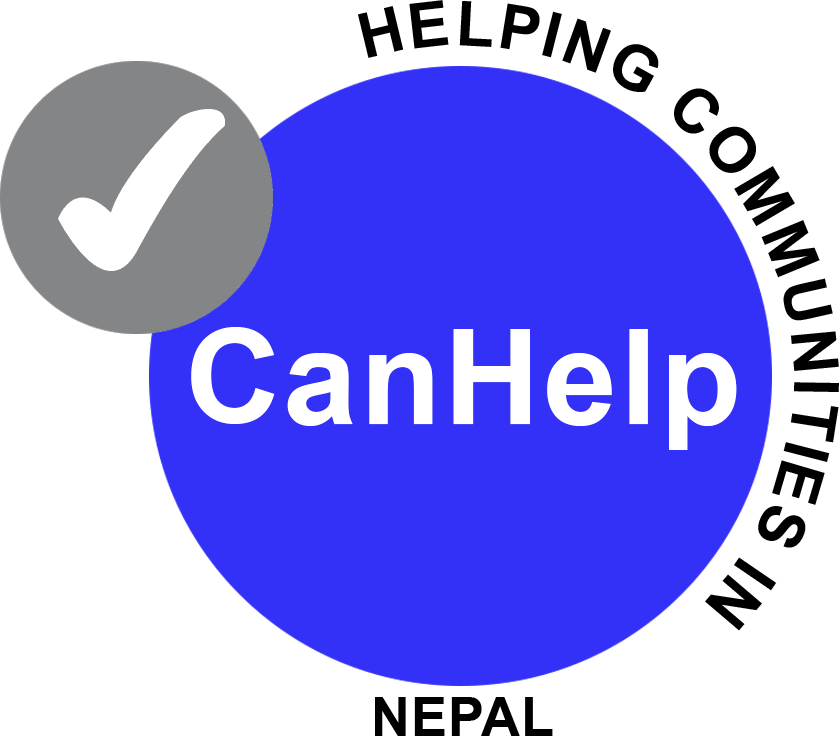In this fashion, Fog is an clever gateway that dispels the clouds, enabling more efficient data storage, processing, and analysis. Although these tools are resource-constrained in comparison with cloud servers, the geological unfold and decentralized nature assist provide dependable services with coverage over a wide space. Fog is the physical location of computing units a lot nearer to customers than cloud servers. So, it’s not straightforward fog vs cloud computing to manipulate priceless knowledge compared to cloud computing with centralized knowledge processing.
Introduction To Smart Transportation And Future Opportu
Even though an autonomous car must be capable of drive safely within the complete absence of cloud connectivity, it is still possible to use connectivity when available. Some cities are contemplating how an autonomous automobile may function with the same computing sources used to control traffic lights. Such a vehicle might, for instance, operate as an edge system and use its personal computing capabilities to relay real-time information to the system that ingests visitors knowledge from other sources. The underlying computing platform can then use this information to operate visitors alerts extra effectively.
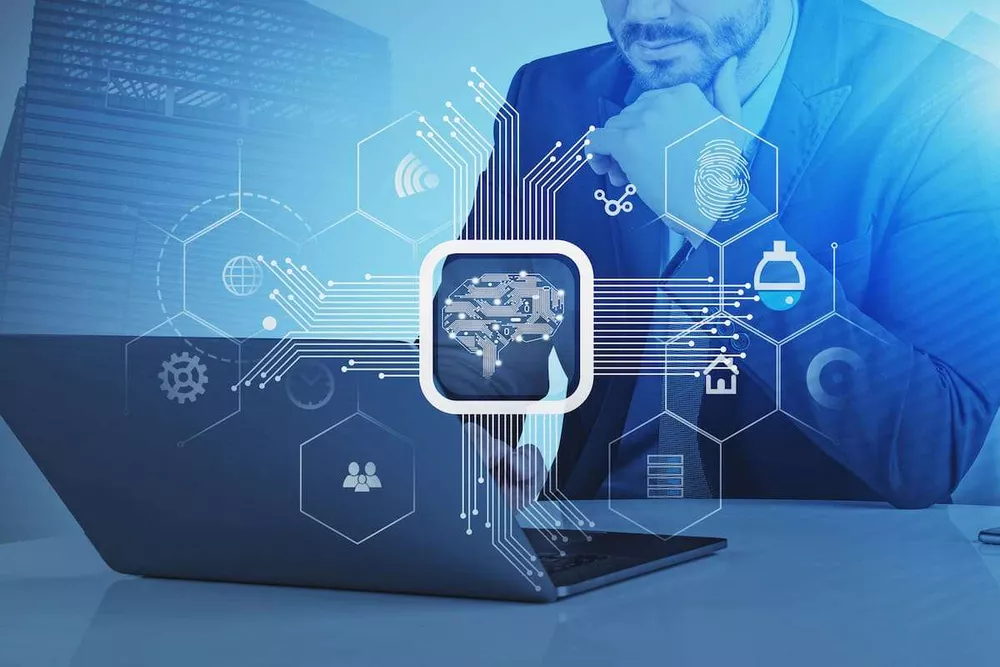
Greatest Practices For Integrating Fog Computing And Cloud Computing In Iot Initiatives
Because sensors — corresponding to these used to detect visitors — are often related to cellular networks, cities typically deploy computing resources close to the cell tower. These computing capabilities allow real-time analytics of visitors knowledge, thereby enabling traffic indicators to reply in actual time to altering circumstances. Meeting these new transformation challenges is forcing businesses to reconcile new architectural paradigms. But on the same time, solely relying on small, “near edge” data facilities may turn out to be costly, put constraints on capability and processing workloads, and doubtlessly create limitations on bandwidth.
- This helps to protect delicate data from unauthorized entry and cyberattacks.
- They present additional compute assets and services to edge units, which permits organizations to course of extra data in real-time.
- Cloud computing is geo-distributed, which means that it depends on a community of cloud servers which may be usually unfold out throughout multiple geographical regions.
- Fog computing is a decentralized computing infrastructure during which information, compute, storage and purposes are located someplace between the data supply and the cloud.
- In this post, we’ll explore the key variations between cloud and fog computing and clarify why fog computing and cloud computing have gotten more and more popular amongst companies.
What’s Api Integration Management? This Is What You Have To Know
On the other hand, fog computing is more applicable for smaller-scale applications that have minimal bandwidth necessities. Consider some fog computing examples that show it’s often used within the growth of IoT units and smart home technologies, which usually do not want large computational assets to function successfully. Fog computing is an addition to cloud computing that imitates an immediate connection on data facilities with its a quantity of edge nodes over the bodily units. It establishes a lacking connection between cloud computing as to what data needs to be despatched to the cloud and the web of things. And to cope with this, companies like fog computing and cloud computing are used to rapidly handle and disseminate information to the tip of the users. It controls what data should be despatched to the server and could be processed regionally.
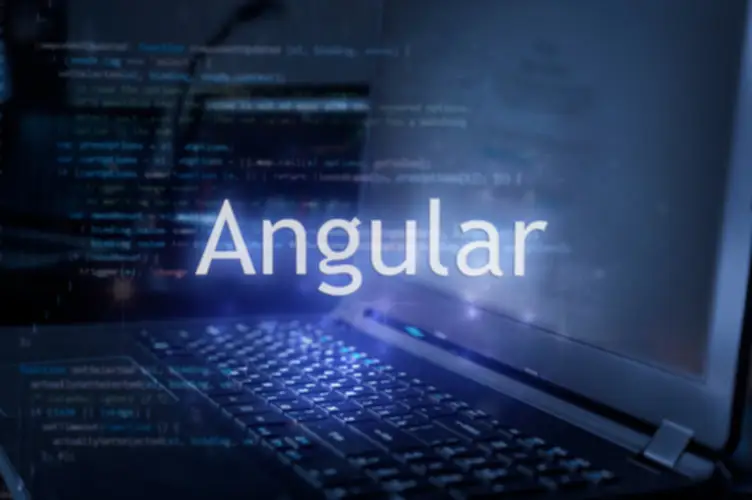
Cloud computing gradually developed a way to make use of the benefits of it in a lot of the organizations. Fog computing may be apparent both in big information structures and large cloud techniques, making reference to the growing problems in retrieving the info accurately. Fog computing is outspreading cloud computing by transporting computation on the advantage of community methods such as cellular phone units or mounted nodes with in-built data storage. Fog offers necessary points of improved skills, robust security controls, and processes, establish data transmission capabilities carefully and in a flexible manner. This paper offers an summary of the connections and attributes for each Fog computing and cloud varies by define, preparation, directions, and strategies for associations and shoppers.
One necessary difference between fog computing and cloud computing is speed. Cloud computing depends closely on centralized servers which may be situated far-off from customers, which may result in slower response occasions and lag. In contrast, Fog computing distributes sources far more domestically, effectively bringing the processing power nearer to the user.
Edge computing is a extra ubiquitous time period and is commonly inclusive of the ideas behind fog computing as one cohesive strategy. But when broken down, fog computing was created to accompany edge strategies and function an extra architectural layer to supply enhanced processing capabilities that the edge alone cannot at all times do. However, fog computing requires more infrastructure, which can be expensive to arrange and preserve. Additionally, cloud computing is more versatile as a end result of it could be used at the side of other types of networks.
The new expertise is more likely to have the biggest impact on the event of IoT, embedded AI, and 5G options, as they, like never earlier than, demand agility and seamless connections. Unfortunately, nothing is spotless, and cloud technology has some drawbacks, especially for Internet of Things providers. According to Statista, by 2020, there will be 30 billion IoT devices worldwide, and by 2025 this quantity will exceed seventy five billion related things. Cloud computing wants 24/7 web access for its operations, while the the rest of the two can function with out web access. The new technology is likely to have the greatest influence on the event of IoT, embedded AI and 5G options, as they, like never earlier than, demand agility and seamless connections. Unfortunately, there might be nothing immaculate, and cloud know-how has some downsides, particularly for the Internet of Things providers.
For occasion, fog computing is right for scenarios where real-time processing and low latency are critical, similar to industrial IoT purposes and healthcare methods. Edge computing, then again, is perfect for applications like autonomous automobiles and distant monitoring, the place quick data analysis on the source is important. Cloud computing, with its scalability and adaptability, is invaluable for net applications, collaboration tools, and knowledge storage. By carefully evaluating components similar to information processing requirements, latency tolerances, and information safety wants, you probably can select the paradigm that aligns finest together with your organization’s goals and technological demands. The convergence of fog computing, edge computing, and cloud computing is a game-changer!
Cloud Computing does not provide any discount in information whereas sending or remodeling information. Naming conventions for technology typically are the results of being “Overly clever,” and whereas their initial intention might need been pure, they often wind up complicated the issue quite than illuminating it. “Fog Computing,” like its namesake is murky, obscure, even mysterious, and within the context of edge computing – not very clearly understood.
While fog computing excels in low latency, enhanced privacy, and offline capabilities, cloud computing shines in scalability, intensive storage, and accessibility. Additionally, consider integrating both fog computing and cloud computing to leverage the benefits of each models. Ultimately, selecting the best computing mannequin will ensure the success of your IoT project. To overcome the challenges and maximize the advantages of each fog computing and cloud computing, it’s often advisable to integrate these two fashions in IoT tasks. By leveraging a hybrid strategy, the place fog computing is used on the edge for real-time processing, and cloud computing is utilized for in depth knowledge evaluation and storage, the most effective of each worlds could be achieved. Because cloud computing isn’t viable for many internet of issues (IoT) applications, fog computing is usually used.
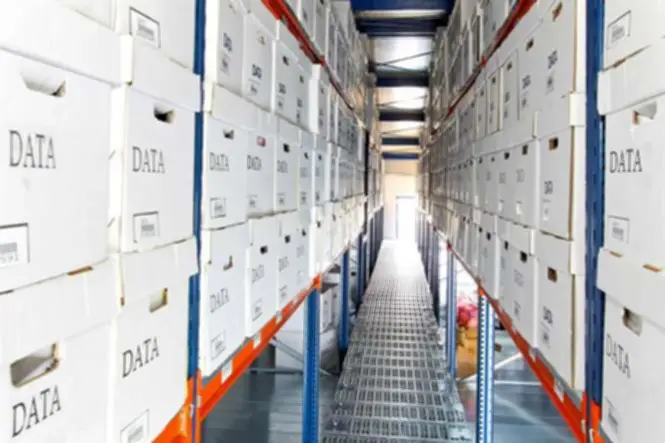
There are several types of fog computing, including client-based, server-based, and hybrid fog computing. Fog computing is designed to work with a variety of gadgets, together with sensors, cameras, and other IoT gadgets. This makes it a perfect answer for organizations with diverse hardware requirements. Firstly the signal is transmitted from an IoT device, and then knowledge is sent via a protocol gateway at each node. The reason being that cloud is at a distance from the purpose of origin whereas, in fog computing, it analyzes and reacts to the info in less than a second. On the opposite hand, cloud servers communicate only with IP, not with the infinite different protocols used by IoT gadgets.
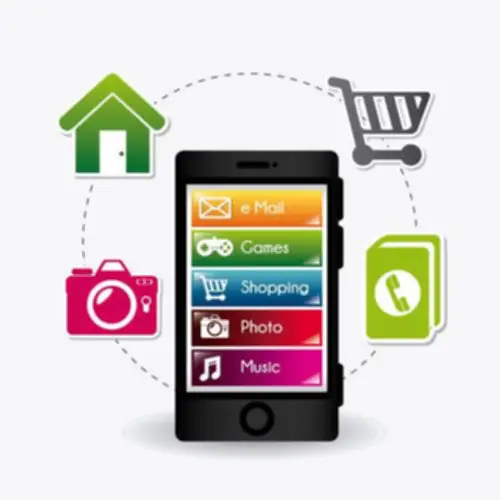
Fog computing reduces the bandwidth needed and reduces the back-and-forth communication between sensors and the cloud, which can negatively have an effect on IoT efficiency. Because cloud servers are hosted off-site in dedicated knowledge facilities, they’ll quickly respond to consumer demand by tapping into further resources and scaling up to meet increased needs. In distinction, fog computing relies on local hardware, which can be slower to respond as a result of components such as latency and limited bandwidth. Cloud computing is a kind of computing that relies on distant servers to store and process information. Rather than storing files or applications on a neighborhood exhausting drive, cloud-based techniques rely on a community of connected servers to store and provide entry to numerous kinds of info. Thanks to advances in cloud technology, users have the flexibility to send and obtain knowledge from wherever on the earth, making cloud computing an important part of fashionable life.
Transform Your Business With AI Software Development Solutions https://www.globalcloudteam.com/

